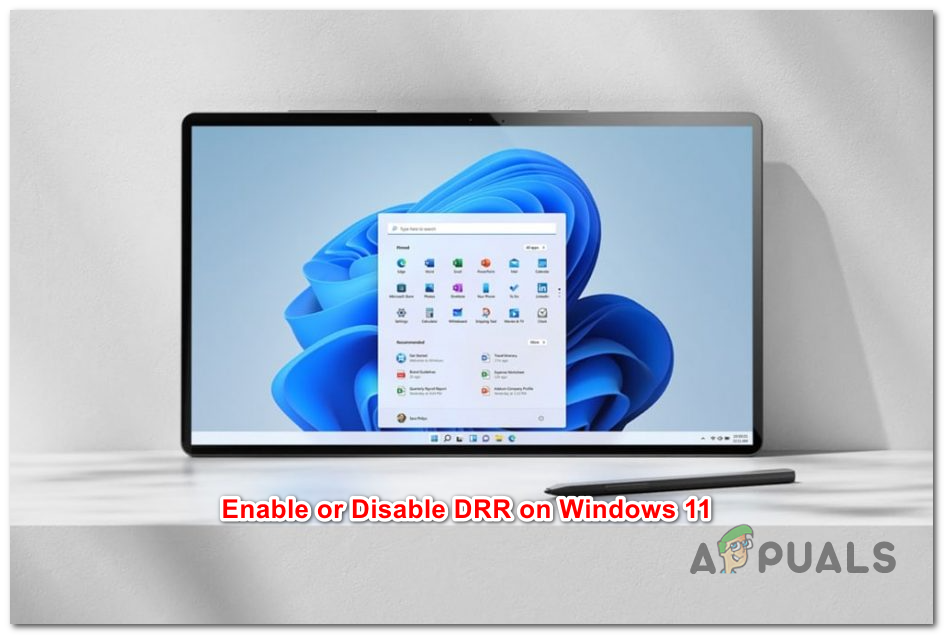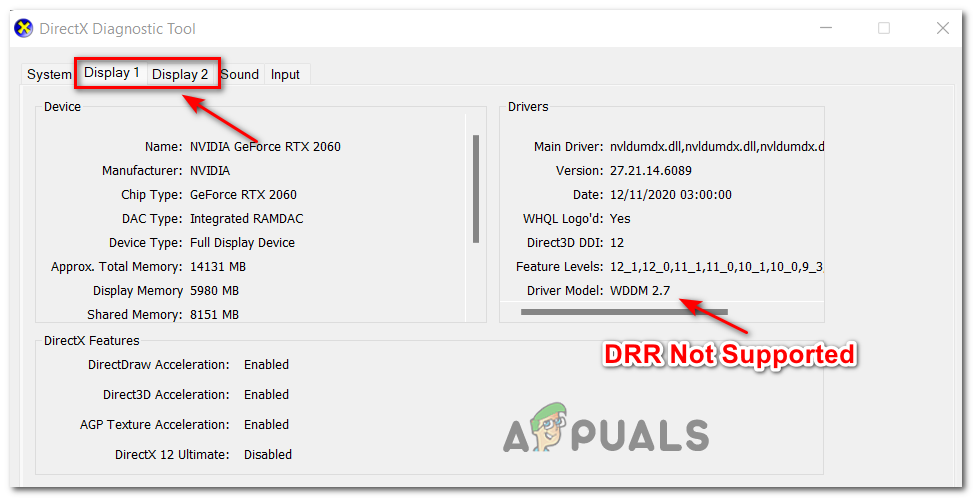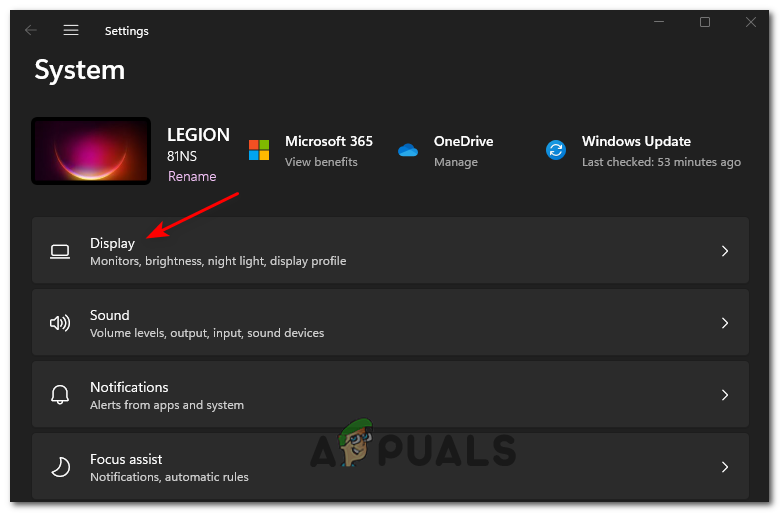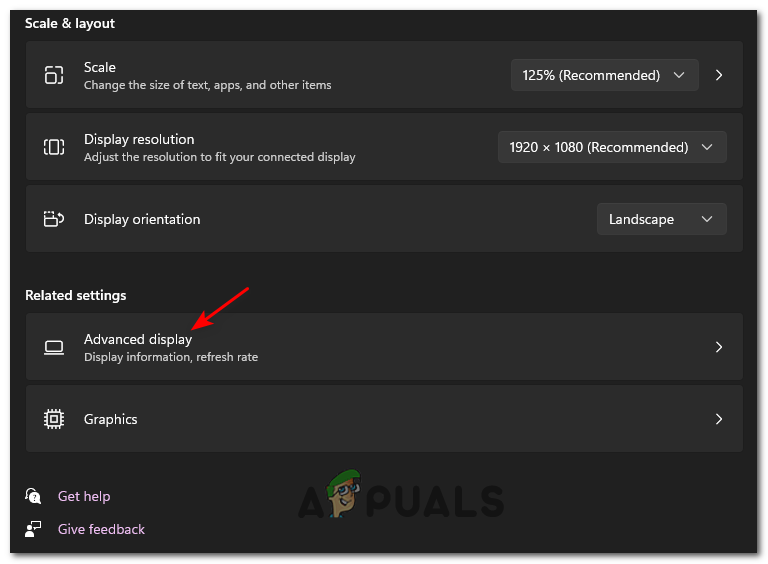What is Dynamic Refresh Rate (DRR)?
With Dynamic Refresh Rate, your operating system will be able to dynamically switch between a higher refresh rate and a lower refresh rate depending on what you’re currently doing with your computer – This is a great way of keeping the power consumption in check when you’re not doing performance demanding tasks. This technology has originally proven its worth on mobile where it has become kind of an industry standard for flagship devices. It was only logical for this technology to find its way on laptops in order to increase the battery life The way DRR works on Windows 11 is quite simple. Let’s say you’re using the Dynamic 60Hz or 120Hz Mode: When you’re doing productivity tasks like writing something in Word or writing an email in Outlook, your display will refresh at 60 HZ in order to conserve precious battery life. However, immediately after you start gaming or begin scrolling on YouTube, the display will begin refreshing at 120 Hz to facilitate a smoother and more responsive experience.
Dynamic Refresh Rate Requirements
Keep in mind that in order to be able to use DRR, you’ll first need to ensure that your graphic driver supports WDDM (Windows Display Driver Model) 3.0. UPDATE: As of now, Microsoft is working with various display partners to bring updated graphics drivers with the support of DRR to the Windows Insider Program. Depending on your configuration, you might already be able to enable DRR or you might need to wait a little longer for the updated graphic driver to arrive for your display. If you’re not certain if your current PC supports DRR, there’s an easy way to check – You’ll need to use the DirectX Diagnostic Tool to see if your current display driver supports WDDM 3.0. Here’s how to check if WDDM 3.0 is supported by your display: If you just find out that you don’t have WDDM 3.0 yet, it means that DRR is sadly not available for you yet. If you already updated to the latest Windows 11 build (from Settings > Windows Updates > Check for Updates) and you’ve confirmed that you’re running with the latest drivers available, your only option is to wait until Microsoft releases an updated driver for your display to make it support DRR.
How to Enable or Disable DRR on Windows 11
If you already confirmed that your computer supports DRR and you meet all the requirements, you can safely play around with the dynamic refresh rate settings and disable or enable them at your own will. There are actually two different ways that will allow you to enable or disable Dynamic Refresh Rate (DRR) on Windows 11. We’ve covered both approaches, so feel free to follow the guide that’s closer to your preferred way of using Windows 11:
1. Enable or Disable DRR via Settings
2. Enable or Disable DRR from Intel’s Graphics Command Center
This method will only be applicable if you’re relying on Intel’s GPU drivers. Note: As of now, DRR switching is available only with 10th Generation Intel Processors (or newer) that are equipped with Displayport (eDP) tech.
Razer Blade Pro 17-Inch High-End Premium Gaming Laptop 2020 Refresh Comes With…Reports Suggest iPhones in 2021 Will Support LTPO OLEDs: May Open Possibilities…How to Overclock The Refresh Rate of Your Ordinary Old MonitorResponse Time vs Refresh Rate: Do They Matter






